
Wilson’s Plover & Chick, Abaco, Bahamas (Sandy Walker)
PIONEER NATURALISTS: ABACO & BAHAMAS BIRDS
WHO’S WHO? POTTED BIOGRAPHIES!
Who were all the people – all men, I’m afraid – who are immortalised in the names of birds they first discovered or recorded or collected specimens of or wrote about? In various previous bird posts I gave brief bios of the specific naturalist for whom the particular species under consideration was named. In due course I decided to bring all those who relate to the Bahamas in general and Abaco in particular, together in one place.

John James Audubon with his specimen gathering kit
This is an interesting moment to be revisiting and revising the earlier collection. There is a groundswell of demand for reappraisal of the many people whose endeavours and achievements in former times were honoured in paint, in stone, on paper, or by associative naming. However, ‘the past is a foreign country, they did things differently then’, to adapt L. P. Hartley. Suffice it to say that already, naturalists are under scrutiny for views and behaviours that were of their time and are now considered debatable or unacceptable. Audubon (above) – he of the shearwater, warbler and oriole – is one ornithologist whose scientific methods and wider perspectives are now in question. As far as I know, this applies to none of the others featured below.
ALEXANDER WILSON 1766 – 1813

Wilson’s plover, warbler, phalarope,snipe, storm-petrel

Alexander Wilson, the ‘father of ornithology’, was a scottish poet and writer. He specialised in ballads, pastoral pieces, and satirical commentary on the conditions of weavers in the mills. The latter got him into trouble when he overstepped the mark by making a vicious written attack on one mill owner. He was arrested, convicted and sentenced to burn the work in public (fair enough, perhaps) and imprisoned (somewhat harsh). After his release, he sensibly emigrated to America in 1794.

Wilson’s Plover, Abaco Bahamas (Nina Henry)
Wilson became a teacher in Pennsylvania, and developed his interests in ornithology and painting. His ambitious plan was to publish a collection of illustrations of all the birds of North America. He travelled widely, collecting, painting, and securing subscriptions to fund a nine-volume American Ornithology (1808–1814). Of the 268 species of birds illustrated, 26 had never previously been described. Wilson died during the preparation of the ninth volume, which was completed and published by George Ord. Wilson predated John James Audubon (though not by many years) and is generally acknowledged to be the founder of American ornithology. It appears that Audubon himself may have thought otherwise…
For examples of Wilson’s American Birds, check out the excellent Virginia University records HERE

Wilson’s Phalarope, Abaco Bahamas (Craig Nash)
CHARLES LUCIEN BONAPARTE 1803 – 1853
 Bonaparte’s gull, Zenaida dove
Bonaparte’s gull, Zenaida dove
Charles Lucien Bonaparte, 2nd Prince of Canino and Musignano was a French biologist and ornithologist. He was nephew of the Emperor Napoleon. He married his cousin Zenaïde, by whom he had twelve children. They moved from Italy to Philadelphia, by which time Bonaparte had already developed a keen interest in ornithology. He collected specimens of a new storm-petrel, later named after the Scottish ornithologist Alexander Wilson (see above).

Bonaparte’s Gull, Abaco Bahamas (Keith Salvesen / Rolling Harbour)
Bonaparte studied the ornithology of the United States, and updated Wilson’s American Ornithology. His revised edition was published between 1825 and 1833. He was a keen supporter of a (then little-known) ornithologist John James Audubon. Rather sweetly, he created the genus Zenaida named after his wife, and applied it to the White-winged Dove Zenaida asiatica, Zenaida Dove Zenaida aurita and Mourning Dove Zenaida macroura. He himself was later honoured in the name ‘Bonaparte’s Gull’.

Zenaida Dove, Abaco Bahamas (Bruce Hallett)
RAMON LA SAGRA (1798 -1871)
 La Sagra’s Flycatcher
La Sagra’s Flycatcher
Ramón Dionisio José de la Sagra y Peris was a multi-talented man, being a Spanish botanist and also a writer, economist, sociologist, politician, anarchist, and founder of the world’s first anarchist journal El Porvenir (“The Future”). He lived in Cuba and became director of Havana’s Botanical Garden. His name lives on arguably more significantly in ornithological than in anarchist circles (actually, an ‘anarchist circle’ must surely be a contradiction in terms…).

La Sagra’s Flycatcher, Abaco Bahamas (Keith Salvesen / Rolling Harbour)
A Cuban stamp commemorates the death of Juan Gundlach, the naturalist who chose La Sagra’s name to bestow on the flycatcher, and who himself is honoured in the name of the Bahama Mockingbird Mimus gundlachii
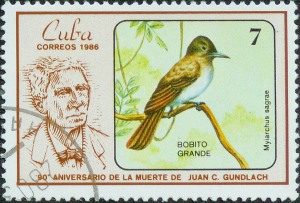
WILLIAM JOHN SWAINSON (1789 – 1855)
 Swainson’s Hawk, Thrush & Warbler
Swainson’s Hawk, Thrush & Warbler
Swainson was an English ornithologist, entomologist, conchologist, natural historian, and a gifted illustrator of the natural world. He was a pioneer of the new lithographic technology, which enabled quicker reproduction of his work than engraving. Swainson lent his name to a number of avian species, three of which may be found on Abaco – the Swainson’s Hawk, Thrush and Warbler. The hawk is a rare visitor; the thrush is a transient, passing through the Bahamas during migration; and the warbler is a hard-to-find winter resident. Below is the only known Swainson’s Hawk to be photographed on Abaco.

Swainson’s Hawk, Abaco, Bahamas (Bruce Hallett)
JOHN ISIAH NORTHROP (1861 – 91)
 Bahama Oriole (Icterus northropi)
Bahama Oriole (Icterus northropi)
John Isiah Northrop, for whom the endemic BAHAMA ORIOLE Icterus northropi is named, entailed a bit more research. The link above will take you to my post about this very beautiful species that is sadly on the brink of extinction. Until recently it was found only on Abaco and Andros, but is now extirpated from Abaco and exists only in certain enclaves on Andros.

Bahama Oriole, Andros Bahamas (Mary Kay Beach)
I can do no better than regurgitate the info provided by the University of Glasgow Library Research Annexe in relation to a fine illustration from A Naturalist in the Bahamas (1910), reprinted in The Auk journal (below) at a time when Icterus northropi was still a mere subspecies:
“The yellow and black Bahama Oriole (Icterus Northropi) is a bird species unique to the Bahamas. The bird was named for American ornithologist and zoologist, John Isiah Northrop (1861–91); the illustration comes from an account of the trip Northrop and his botanist wife, Alice, took to the Bahamas in 1889 which was published in his memory: A Naturalist in the Bahamas: John I. Northrop, October 12 1861-June 25, 1891; a memorial volume (Columbia University Press, 1910). It was edited and introduced by Henry Fairfield Osborn, professor of zoology at Columbia University where Northrop worked as a tutor and was killed in a laboratory explosion shortly (9 days) before the birth of his son John Howard Northrop (who became a Nobel prize-winning chemist)”.

JARED POTTER KIRTLAND 1793 –1877
 Kirtland’s Warbler (Setophaga kirtlandii)
Kirtland’s Warbler (Setophaga kirtlandii)
Jared Potter Kirtland was a naturalist, malacologist and politician, most active in Ohio where he served as a probate judge and in the Ohio House of Representatives. He was also a physician and co-founder of a University Medical School. Kirtland became one of America’s leading naturalists, with a particular interest in horticulture and sea shells. He published numerous natural history articles, and was a founder and president of the Kirtland Society of Natural History and the Cleveland Academy of Natural Science.

Kirtland’s Warbler, Abaco Bahamas (Bruce Hallett)
Somewhere in amongst all this, he discovered or at least studied the warbler that was named after him. This rare ‘at risk’ bird breeds in small numbers only in certain areas of Michigan and Ohio, favouring jack-pine territory. The warblers overwinter in the Bahamas, including on Abaco. They a very hard to find – and to photograph, in my limited experience. We once made an expedition into remote backcountry scrubland and found 4 KIWAs within a couple of hours. My only photo to come out was of a small lemon obscured by twigs.

Kirtland’s Warbler, Abaco Bahamas (Unattributed Epic Fail)
If you want to fixate on a warbler species, this is the one. Wiki, very good on this sort of thing, has an excellent entry that will tell you all you need to know and far more besides: https://en.wikipedia.org/wiki/Kirtland%27s_warbler

Kirtland’s Warbler (Tom Sheley)
JOHN JAMES AUDUBON (1785 – 1851)
 Audubon’s Shearwater, Warbler, Oriole
Audubon’s Shearwater, Warbler, Oriole
John James Audubon never went to Abaco. The nearest he got was probably in 1820, when he made a field trip to the southern states, including Florida; or in the 1830s when he made at least one trip to Key West. One technique that set him apart from contemporaries was his method of producing naturalistic (as opposed to ‘stuffed bird’) drawings. It involved killing birds using very fine shot, and then using wires to pose them naturally, according to his field sketches. This contrasted with the usual technique of using a stuffed specimen as a model.

Audubon’s Shearwater (Dominic Sherony)
In my original post I stated that no birds found on Abaco were specifically named for Audubon but that ‘it is almost impossible to dip a toe into ornithological history without immediately stubbing it on Audubon’s name’. As it turns out, the shearwater has raised its profile for the northern Bahamas, but in the saddest of circumstances. Every 2 years or so, there is a phenomenon called ‘die-back’ that seems to affect the pelagic shearwaters, and large numbers are washed up on the shorelines, either dying or already dead. A few can be rescued; few of those survive. The causes are complex: I wrote about this season’s die-back HERE if you want to know more.

Yellow-rumped Warbler, Abaco Bahamas (Keith Salvesen / Rolling Harbour)
Since the last outing, I have found another more tenuous avian link between Abaco and Audubon / his namesake birds. The yellowed-rumped warbler, a summer migrant to Abaco, is considered to be a close cousin of the myrtle warbler and Audubon’s warbler.

Audubon’s master-work was his renowned Birds of America, arguably the most famous bird tome ever. There are about 120 sets of the original book still in existence. They were incredibly expensive to produce in contemporary terms; and in modern times a set sold for $11.5 million at Sotheby’s London in 2010, setting the unbeaten record for the world’s most expensive book sale. Recently there was great excitement over the sale of another set at Christie’s New York, but the sale price was far lower, a mere $7,922,500…

Credits: Bird pictures as shown; Encyclopaedia of Cleveland History, American Museum of Natural History, Britannica, University of Glasgow Library, The Auk, Audubon Society, Wiki, Magpie pickings

![]()








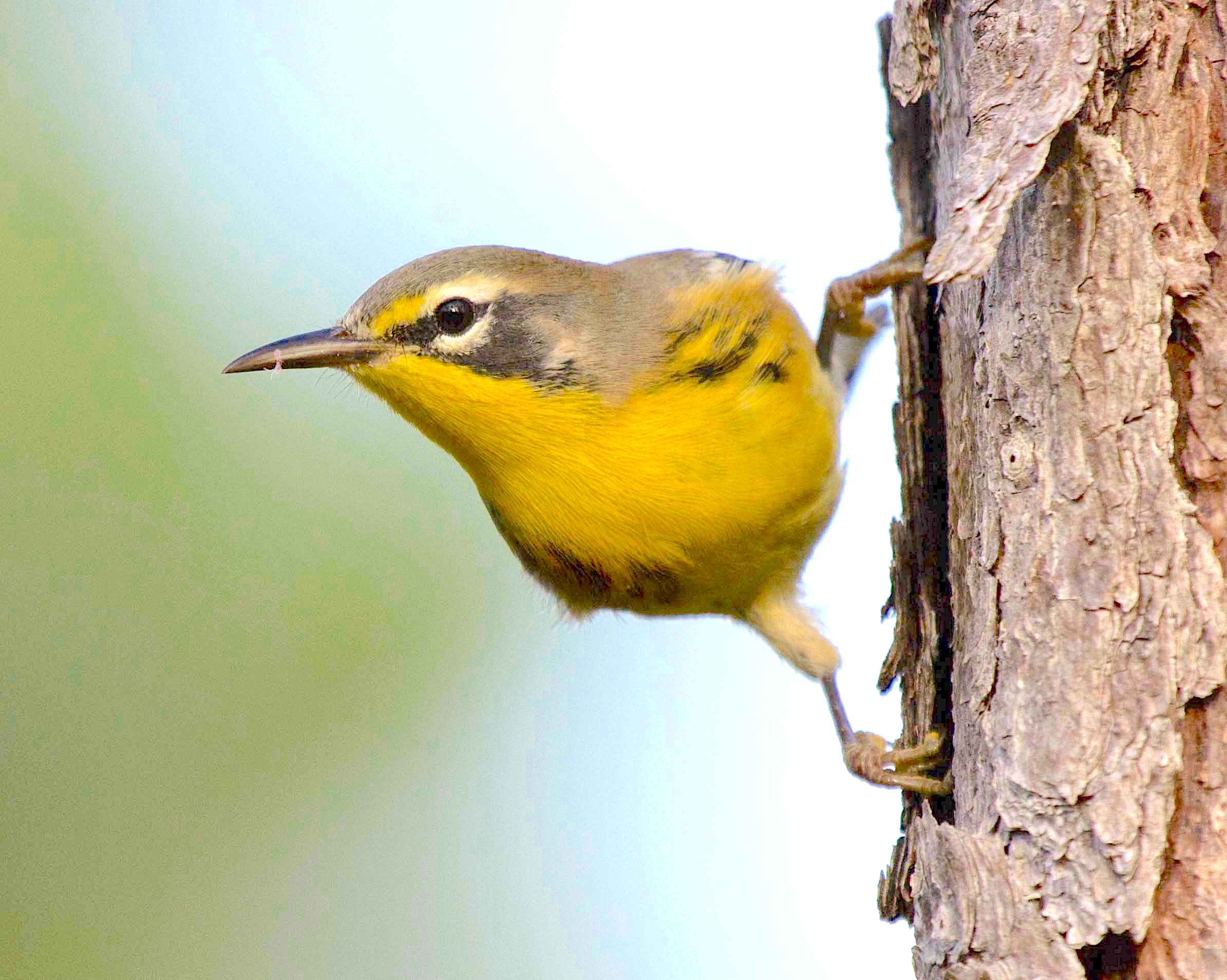



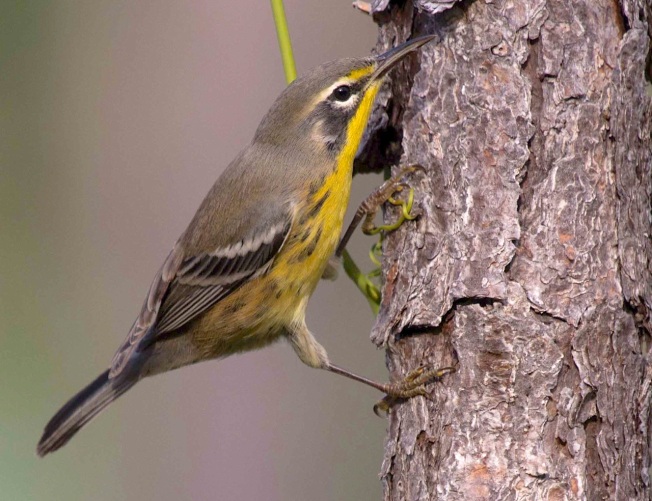














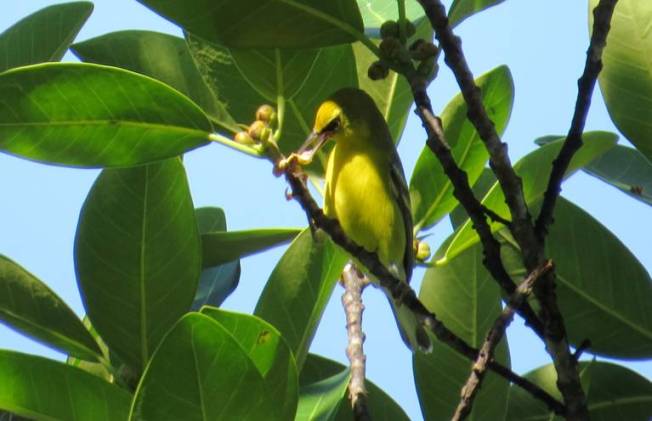
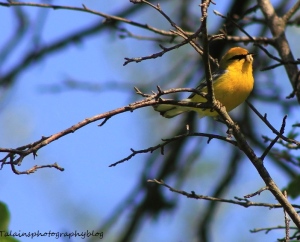



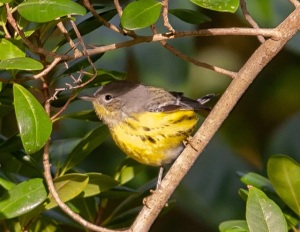
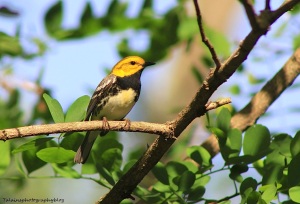
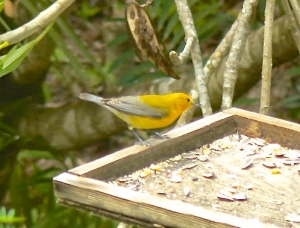







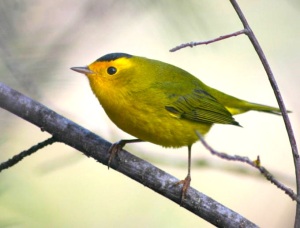
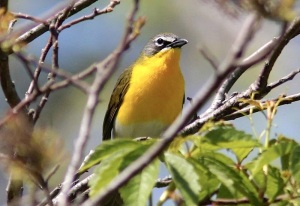































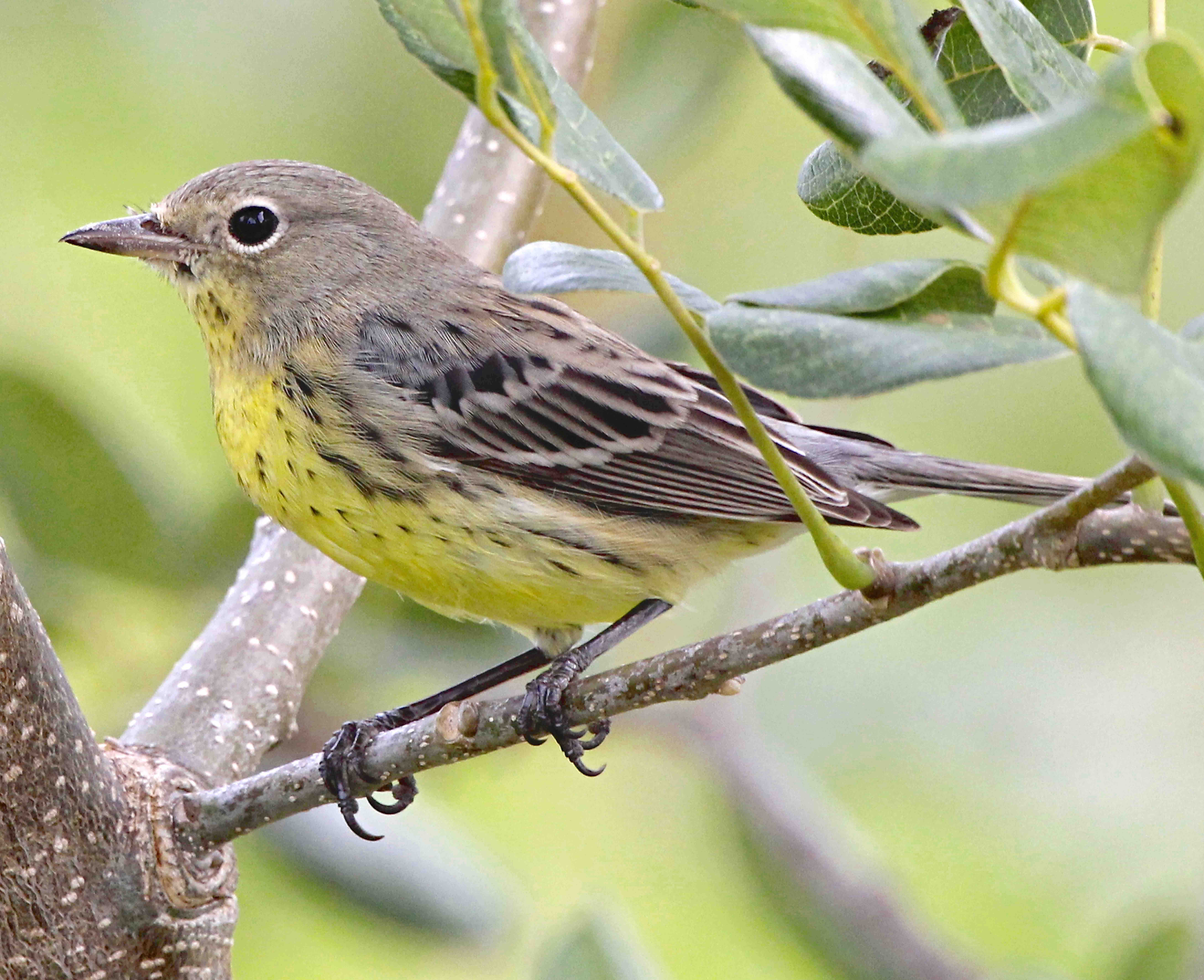









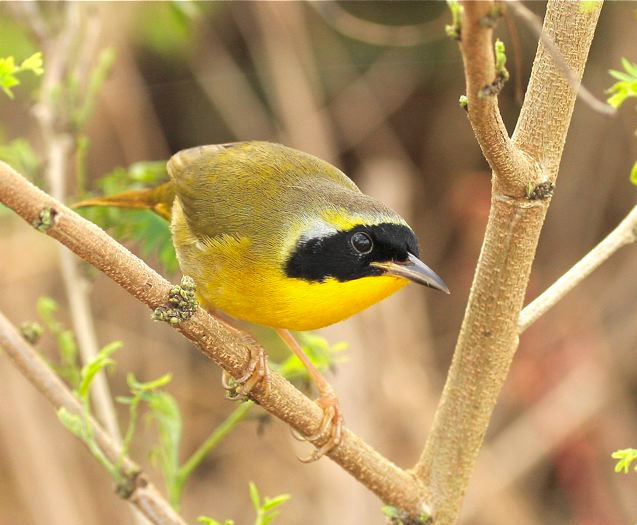














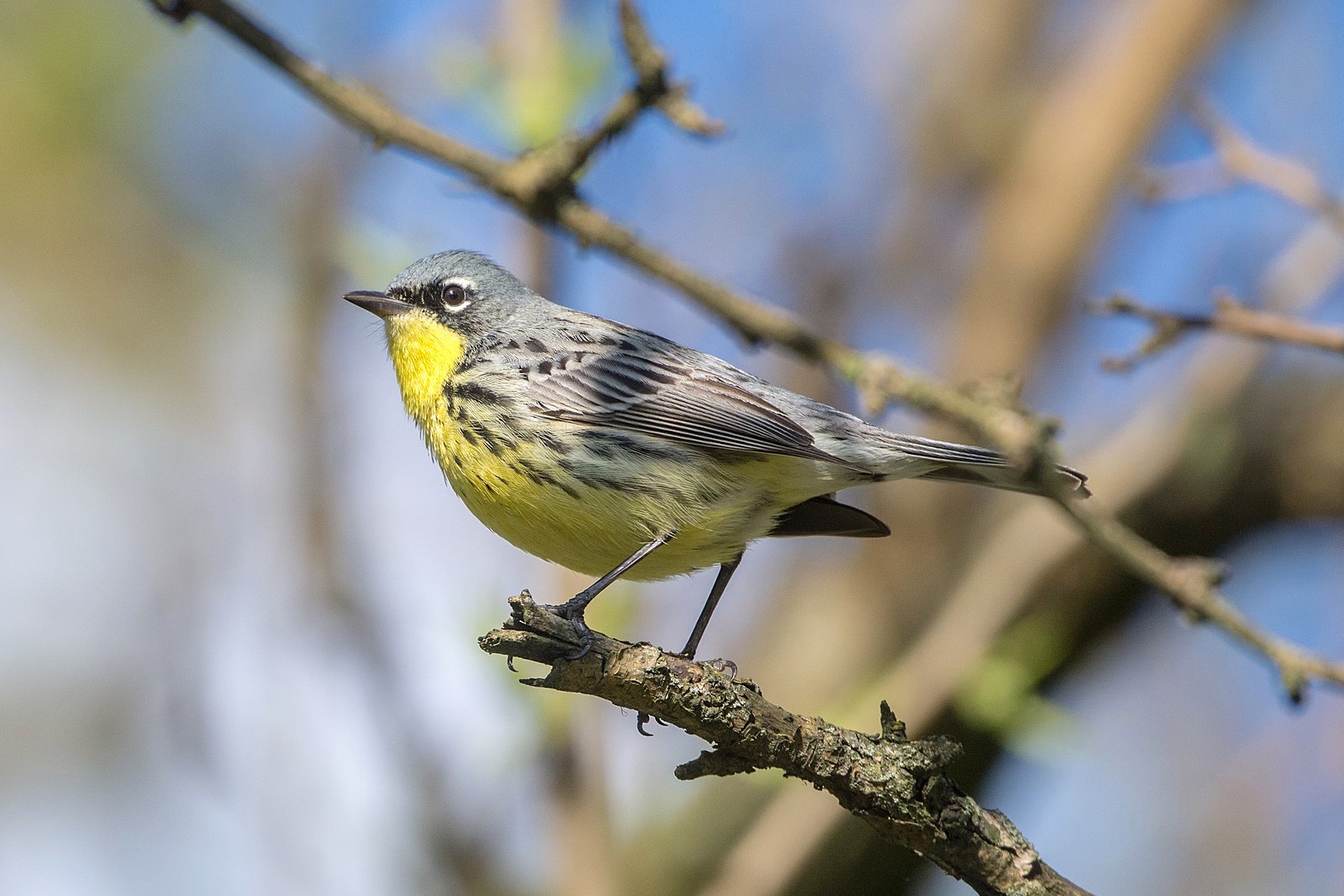
















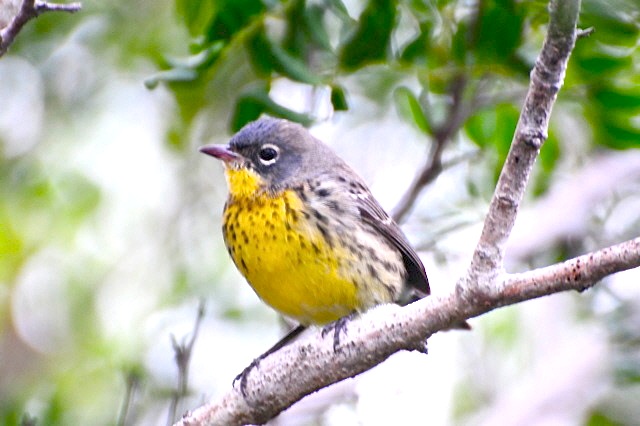








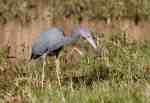


































 Pine Warbler
Pine Warbler









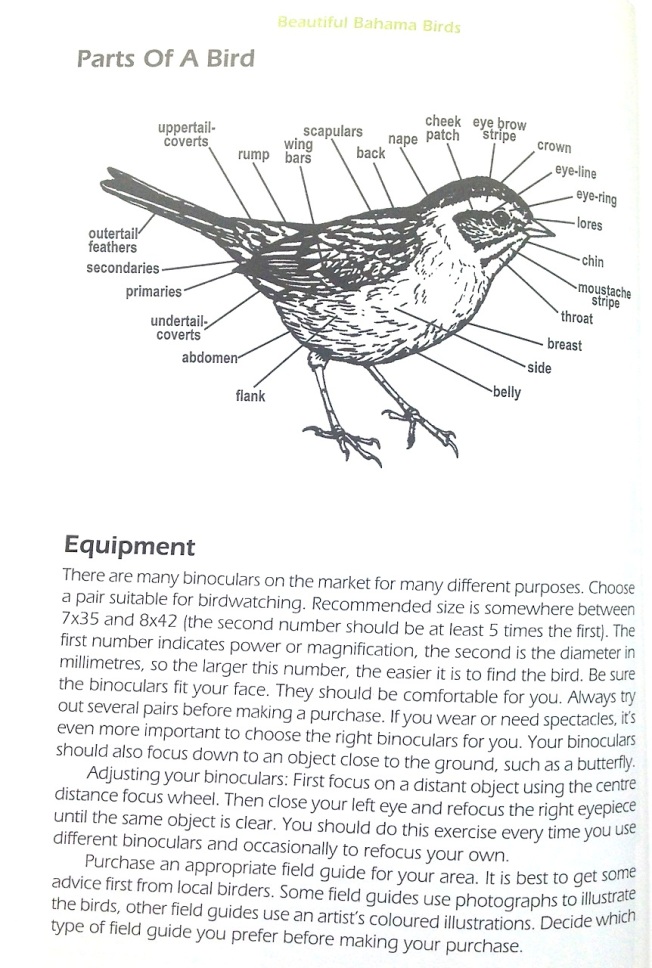














![ShawnCarey[3]](https://rollingharbour.files.wordpress.com/2014/08/shawncarey3.jpg?w=300)

































You must be logged in to post a comment.